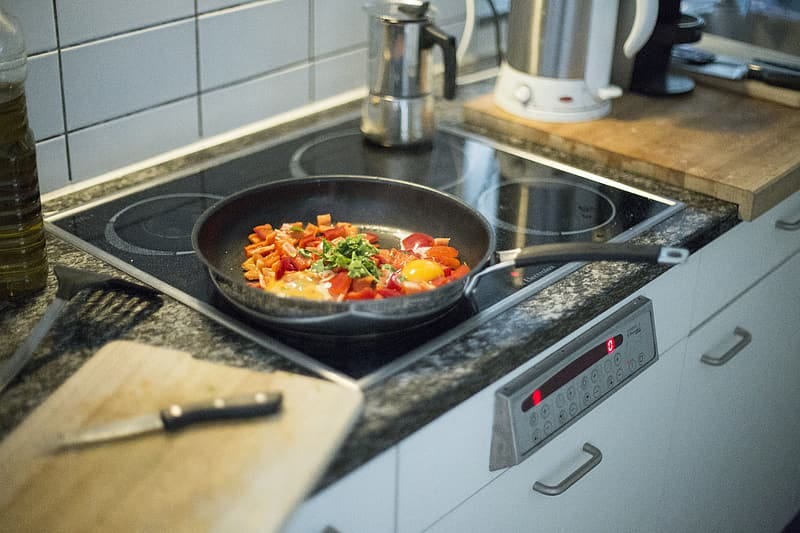Induction heating is rapidly revolutionizing the way we cook and process food. This innovative technology utilizes electromagnetic fields to generate heat directly in the cooking vessel, offering numerous benefits over traditional cooking methods. With its efficiency, precision, and versatility, induction heating is poised to shape the future of cooking and food processing. In this article, we will explore the key advantages of induction heating and its potential applications in the culinary world.
How Induction Heating Works
Induction heating involves the use of magnetic fields to induce an electric current in the cooking vessel. A coil beneath the cooking surface creates an alternating electromagnetic field, which causes the molecules in the vessel to vibrate and generate heat. Unlike gas or electric stoves that transfer heat indirectly, induction heating provides instantaneous and consistent heat directly to the cooking vessel, ensuring efficient and precise cooking.
Efficiency and Speed
One of the most significant advantages of induction heating is its remarkable efficiency. Traditional cooking methods often result in significant heat loss due to inefficient heat transfer. In contrast, induction heating eliminates wasted heat by directly heating the vessel itself. This leads to faster cooking times and energy savings, making it an environmentally friendly choice. Additionally, induction cooktops cool down quickly once the cooking vessel is removed, minimizing the risk of accidental burns and increasing safety in the kitchen.
Precise Temperature Control
Induction heating offers unparalleled temperature control, allowing for precise cooking techniques. Unlike gas or electric stoves that rely on imprecise knobs or dials, induction cooktops allow users to set and maintain specific temperatures. This level of control enables chefs to execute delicate culinary techniques such as simmering, melting, or tampering with ease. The ability to adjust heat levels quickly and accurately also reduces the risk of overcooking or burning food, resulting in consistently delicious results.
Versatility in Cooking
Induction heating provides versatility in the kitchen, accommodating a wide range of cooking styles and techniques. The precise temperature control and rapid heat response make it ideal for techniques like sautéing, searing, stir-frying, and deep-frying. Additionally, induction cookware is available in various materials, including stainless steel, cast iron, and copper, providing flexibility in cookware selection. Whether you’re a professional chef or a home cook, induction heating offers the adaptability to explore diverse culinary creations.
Applications in Food Processing
Beyond cooking, induction heating is also transforming the field of food processing. Induction technology is being utilized in industrial-scale equipment for tasks such as pasteurization, sterilization, and drying. Its ability to heat food rapidly and uniformly improves processing efficiency and quality. Moreover, induction disassembly heater the need for open flames or hot surfaces, reducing the risk of contamination and ensuring food safety.
Conclusion
Induction heating represents the future of cooking and food processing, offering unparalleled efficiency, precise temperature control, and versatility in the kitchen. With its ability to provide instant heat directly to the cooking vessel, this technology is changing the way we prepare food, saving time, energy, and resources. As induction heating continues to evolve and become more accessible, it holds immense potential to reshape the culinary landscape and enhance the overall food processing industry. Embracing induction heating means embracing a more efficient, precise, and sustainable future of cooking and food preparation.

